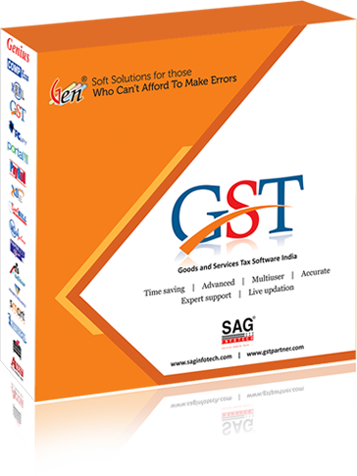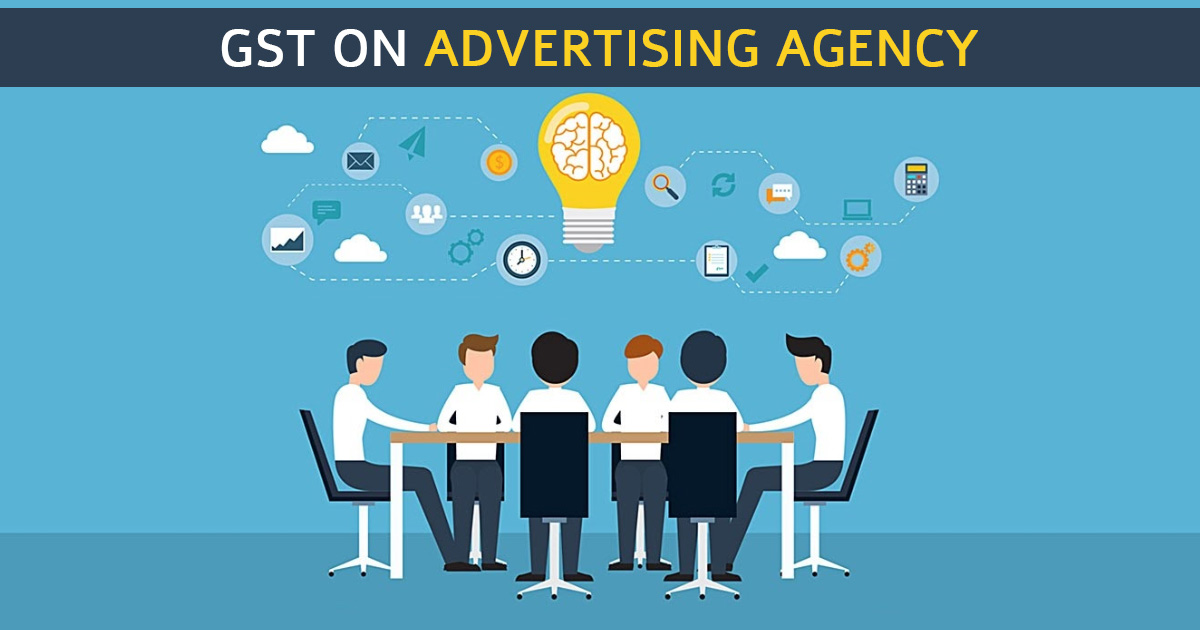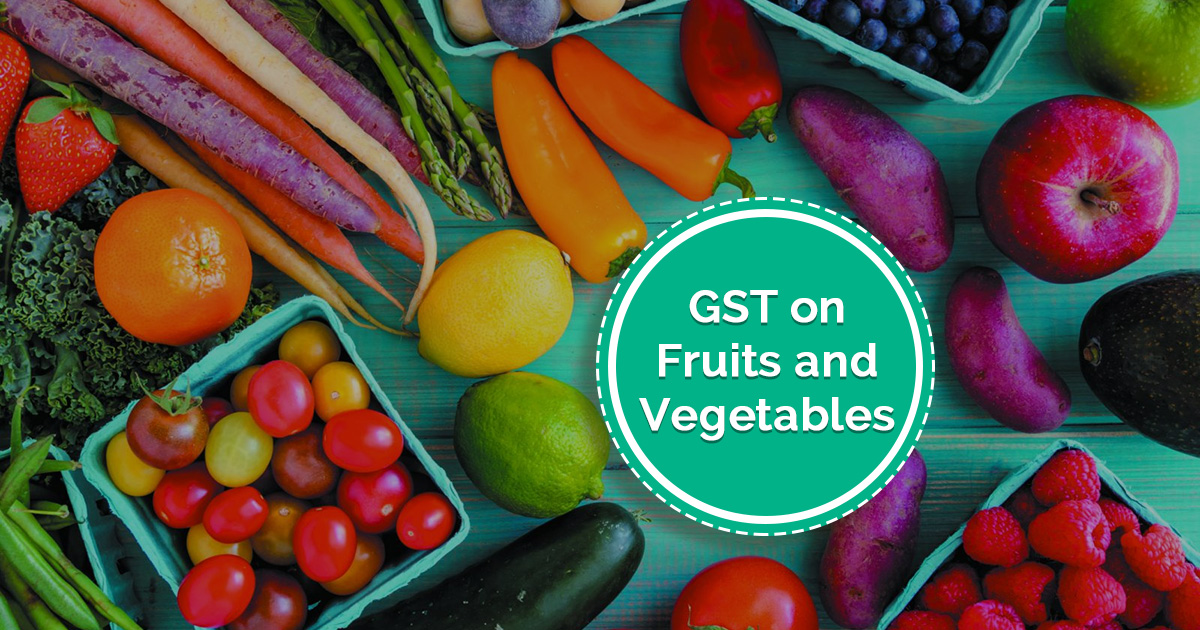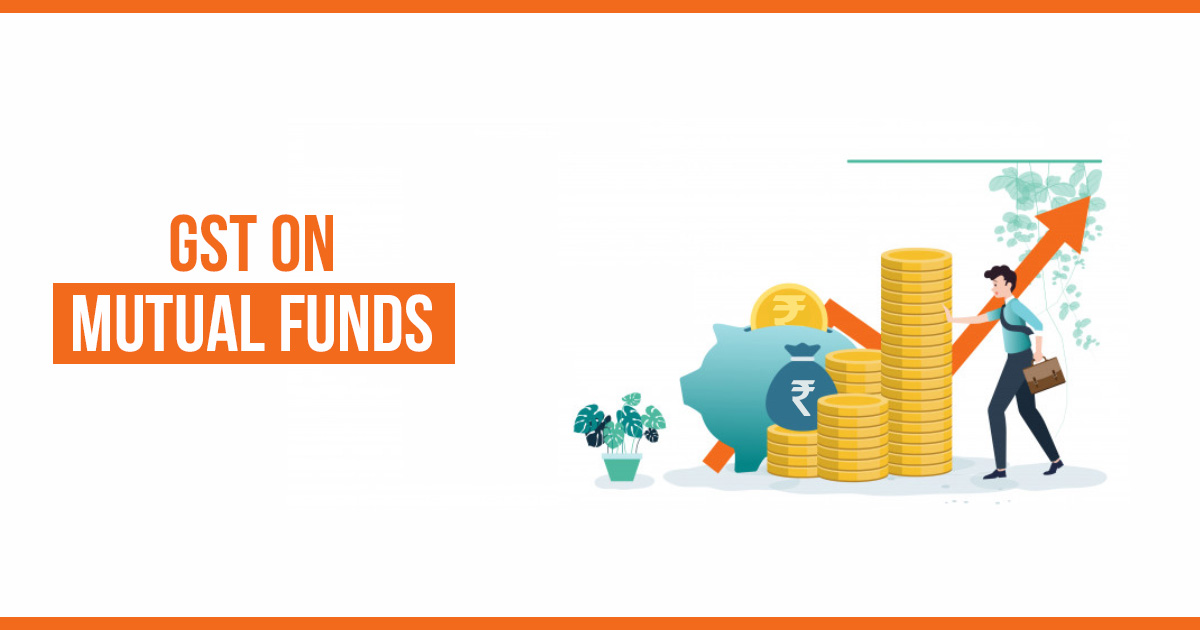Goods and Services tax was introduced on 1 July 2017, and it is about to complete a year. It took so much efforts by the central government to implement GST successfully. GST rollout has subsumed all the central and state taxes in form of indirect tax. GST with the government’s objective of ‘one nation, one tax’ aims to deliver single tax system as applicable in the other countries. The GST is different in terms of categorizing taxes as per economic classes.
The year is about to end, so it is necessary to shower the light on the reform applicability, it is important to ruminate about a well-spent 365 days of GST implementation. In those days, many decisions were in favor of the government and many were not, and the improvements are still in the process to make it a real success in India.
Successful Plans:
The newly implemented indirect tax regime has reduced the multilayered old tax form and made a simplified tax system to encourage ease of doing business. Looking at the macroeconomic perspective, the industry and government expected the Goods and Services Tax to be auxiliary in decreasing economic distortions, as a result, would render important encouragement in order to enhance economic growth.
The Economic Survey forecasted the GDP growth for India during 2017-18 to be 6.5%-6.75% which is lower than 7.1% in 2016-17. The nominal reduction in the starting duration of GST roll out was anticipated, provided the scale of modifications in tax administration and business that the GST introduced.
Although, this slowdown is likely to stay for a short duration and GDP growth is predicted to rise again to 7%-7.5% in 2018-19 basically because of GST introduction.
The Index of Industrial Production, index analyzer of industry related work, depends on production data per month considering select manufacturing section and displayed 5% average growth counting from July 2017 to January 2017 as a positive move.
Revenue collections exceeded Rs. 1 lakh crore in April 2018 and it was the first time when a collection was that high. Starting from July 2017 to February 2018, total 68,299 companies registered as compared to 63,106 considering the same period during last year. So, the rising number of registering companies under GST regime has been maintained due to rules and regulations under the newly implemented indirect tax system. Furthermore, the Goods and Services tax has revised the manner of doing business post roll out. The companies served this vantage to establish their business worth in distribution, manufacturing, logistics, and procurement.
GST-Confrontation
Obviously, post-GST implementation, compliance was not that easy and GST has faced many challenges during a one year period. The government and GST authority have many tasks in the field of updating several functionalities on the GST portal which put many hurdles in GST roadline.
Industry wanted a well-comprehended compliance mechanism, but opposing the expectations, it confluences serious problems in GSTN system. The various problems where the taxpayers stuck was due to GST network, slow error resolution mechanism, unavailability of any function to remove perfunctory errors during return filing and slow processing GST network. These problems resulted in the continuous spreading of last dates of return filing in order to maintain compliance, which raised taxpayers’ concern.
After completing a year of a difficult path, in this duration, some technical glitches have been rectified like electronic furnishing of Lou(letters of undertaking), revision of previous period information, automatic adjustment of tax liability concerning cash or credit. Although, some problems like errors faced near due dates of return furnishing are still there and they are required to be rectified as soon as possible.
Between the same hurdles, the E-Way Bill system introduced in February 2018, because of which the introduction of the norms got delayed. After the delay in starting phase, the government, however, managed to implement the E-Way Bill system on April 1, 2018, in order to track the supply of goods on intra and inter-state highways. As the GSTN portal was responding slowly, the government has to launch E-Way Bills for intra-state transfer of goods on June 30, 2018.
With the GST implementation, the government aimed a concept to claim for input tax credit, which structured the foundation of online compliance of tax framework. Because of technical glitches, the matching mechanism could not be executed successfully. As a result, the suppliers are dealing with artificial claim related issues under input tax credit, which is extending the unrequired legal actions. Refund mechanism under GST is another hurdle for the taxpayers. The government prominently implemented GST to make India digitized.
The GST structure was formulated in a manner to help traders in ease of doing business and provide a better tax environment, quick processing of refunds and less involvement of tax departments. Sadly, that was only on a note, and the exporters faced many problems in furnishing return for claiming input tax credit. Consequently, the funds stuck in the starting months. To reduce the export-related problems, the government established a ‘Special Refund Fortnight Drive’ in June 2018 and the state and central GST officers were asked to clear the pending applications under GST to file returns as soon as possible.
The implementation of anti-profiteering provisions, which mentions passing the GST profits to the end users by reducing the GST, has also faced many challenges.
The explanatory guidelines of data are short in order to compute the updated price. Some critics mentioned it as an attempt to control the prices and regarded it anti to a free economy structure. According to them, a market should make sure that the prices to remain competitive.
Anticipated Challenges:
The aim of the GST rollout was to allow a single tax on all the goods and services, emerging in a smooth flow of credit in the Indian economy. Although, right now, some products like petroleum items, immovable properties, alcohol are put out of the GST scope and this is opposing the government’s aim to introduce a new tax regime. It is likely to expand the GST base and taking aforementioned items under GST net in 2018-19.
Concerning the compliances, the government has come forward and proposed to integrate all periodical return forms into a single one. The government is working on IT-related revisions for this way forward and will take approximately 6 to 8 months to complete. The government may further reduce the GST rates in upcoming future.
As government has worked in the direction of smooth flow of input tax credits, we can expect that in future, the government will work to liberate credit flow and eliminate credit blockages. The industry expects that above-mentioned issues will be analyzed and hopefully removed by completing the second year of GST implementation.
Resultantly, as the GST moved forward, the government has as well been energetically working in sorting out the problems encountered by India through circulars, notifications, official Twitter responses, and FAQs. The difference between the actual implementation and expectations still exist and necessary to be reduced soon to make GST a simplified tax, where ease of doing business and reduced prices are available. It will result in overall positive sign in representing our macroeconomic growth towards digitalization.
In future, with ease of doing business and GSTN portal stabilization, GST implementation will become successful. Further, it is required that the government should pay attention to formulating the tax administration systematically. The notifications are required to come forward in advance to aware the organization to streamline accordingly without interrupting the business process. The government is also needed to take a try in a direction to make sure the consistent approach by tax officers in the jurisdictions.






